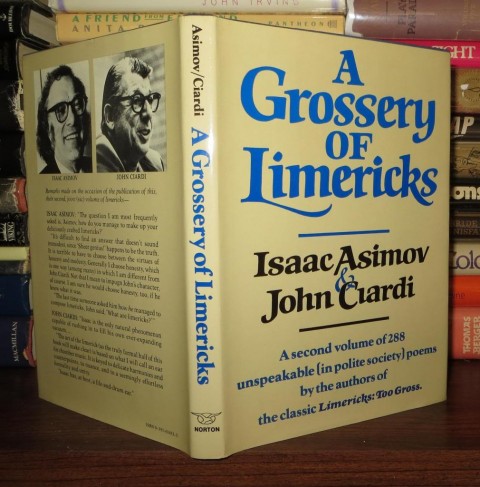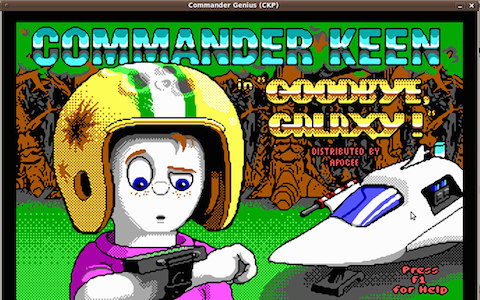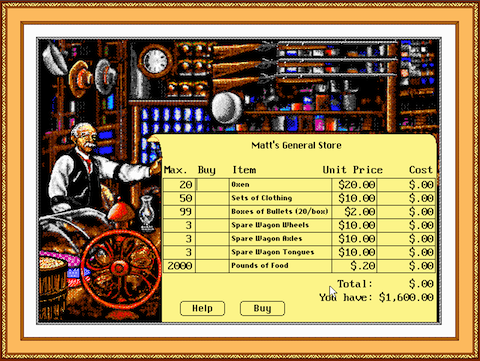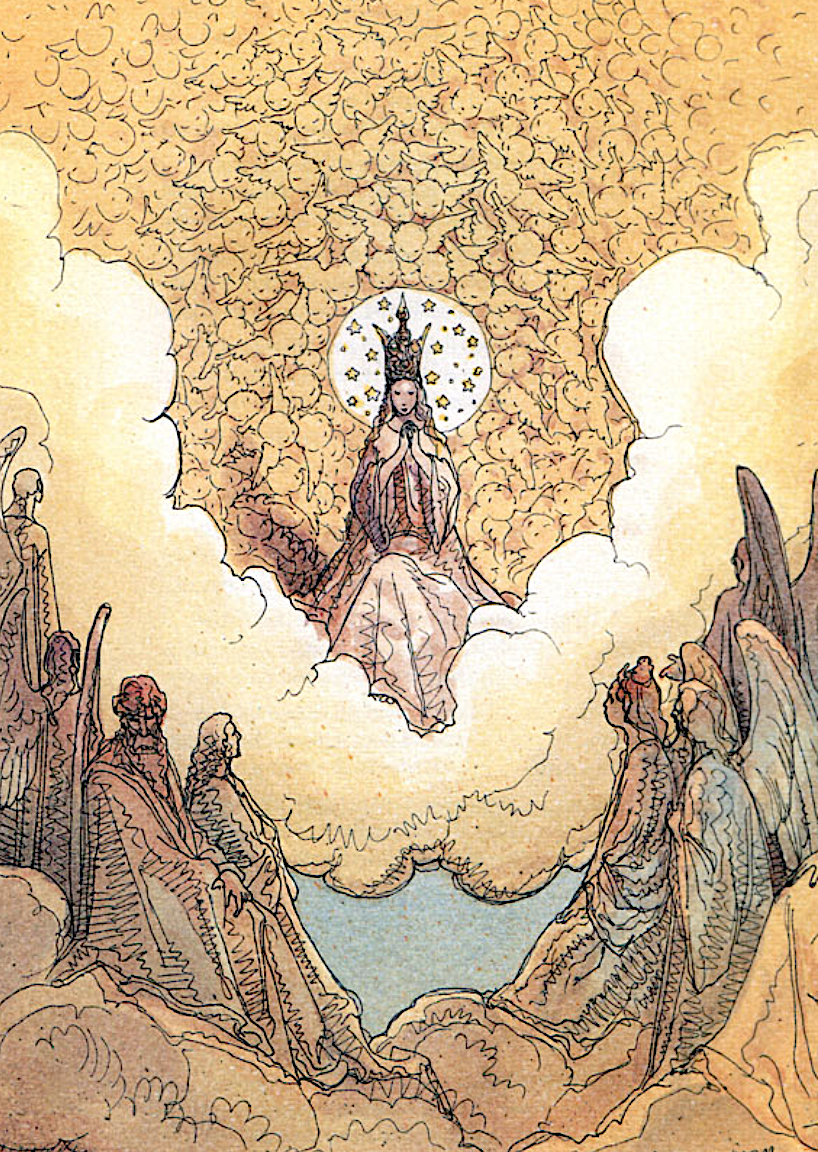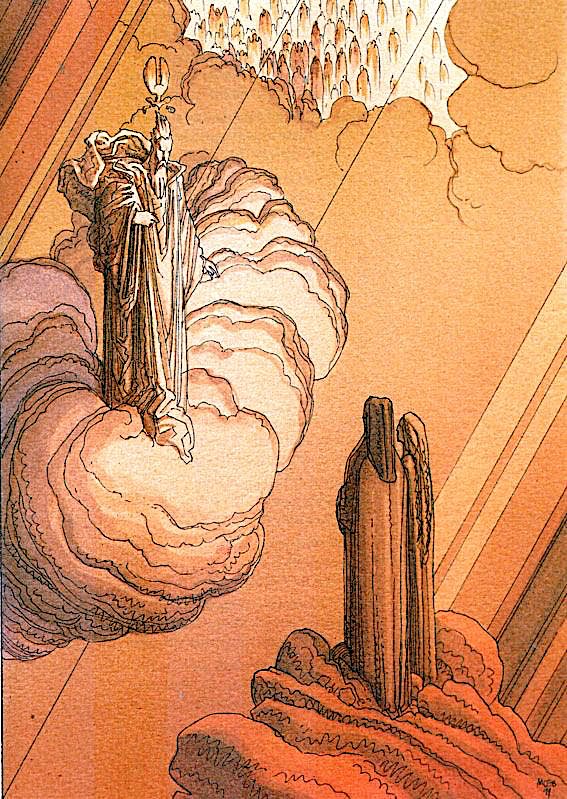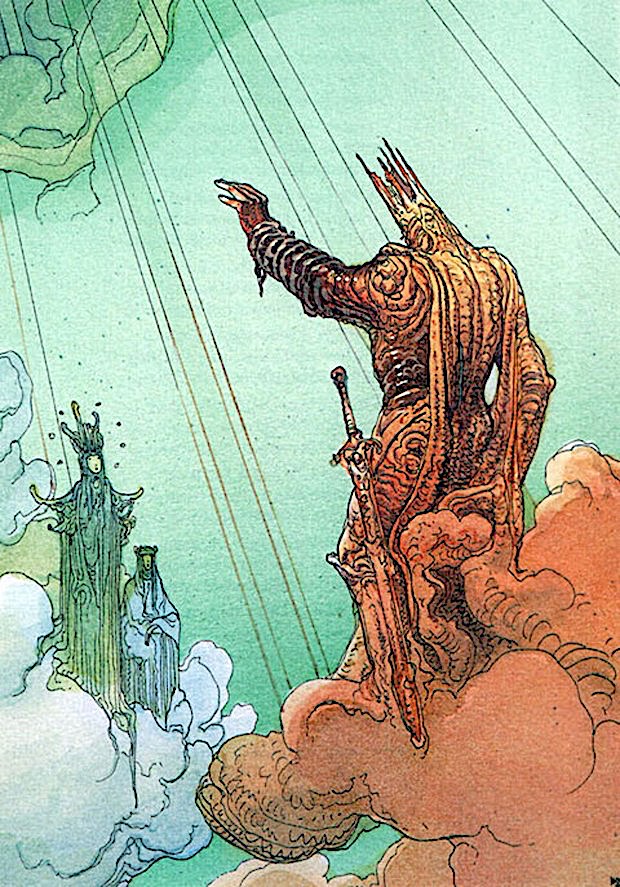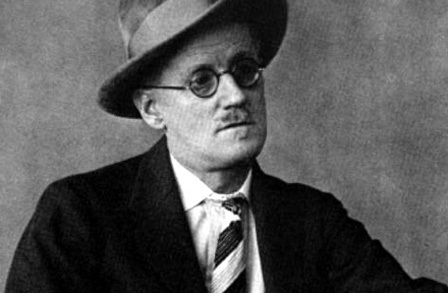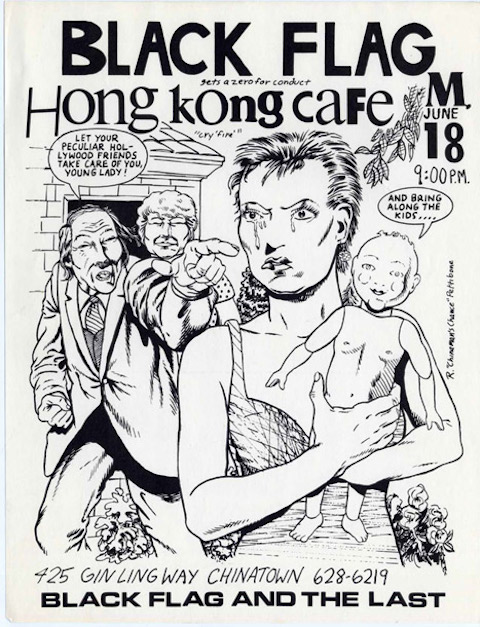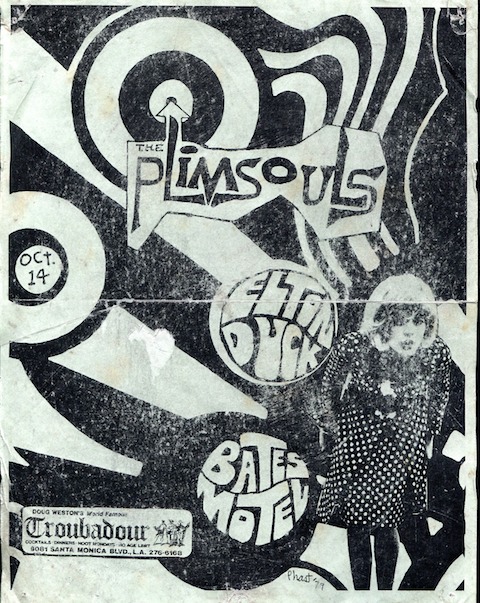Walk into any guitar store, anywhere in the world, and you’re likely to hear the strains of one, or both, of two songs: Guns n’ Roses’ “Sweet Child O’ Mine” and Led Zeppelin’s “Stairway to Heaven.” (Some guitar shops supposedly banned the latter several years ago.) Why are these so popular with budding players? Perhaps it’s because they have two of the most memorable guitar intros in rock history.
But only one of those intros might be lifted almost wholesale from another song, at least if you ask the estate of Randy California. Heirs of the late guitarist and co-founder of the band Spirit have claimed for years that the delicate acoustic melody that opens Zeppelin’s song came directly from California’s tune “Taurus.” The lawsuit is ongoing, and maybe not without some merit.
But all that aside (and what song, after all, doesn’t at least reference another?), “Stairway” is a phenomenal piece of songwriting, with its Celtic folk undertones and orchestral crescendos. So how, apart from some borrowing, did Zeppelin guitarist Jimmy Page come to write it? You can hear the story from the man himself above. Page talks about the use of recorders in the song’s “exposed acoustic” intro to give it a “slightly medieval feel.” Given the number of Lord of the Rings references in Robert Plant’s lyrics, this seems only fitting. Multi-instrumentalist bass player John Paul Jones came up with the idea for the recorders, Page tells us, and played them himself. (Page would have gone with “the texture of electric piano”).
Page offers many other fascinating tidbits on the moody, layered “Stairway.” To hear what it sounded like at first, before the storied album version’s cavernous production, listen to the early acoustic demo above. Page and Plant composed the rudiments while vacationing in Wales at a cottage called Bron Yr Aur (now a famous pilgrimage site for fans). Recording sessions took place in 1970 and 71 at Basing Street Studios in London and Headley Grange in Hampshire, where the band lived at the time. Zeppelin debuted “Stairway” live at Belfast’s Ulster Hall on March 5, 1971, with Page playing his many parts on a Gibson double-necked guitar. You can hear that first performance, and the somewhat tepid audience response, in the muffled recording below.
According to John Paul Jones, the crowd was “all bored to tears waiting to hear something they knew.” Nonetheless, “Stairway to Heaven” became the band’s “most requested song ever played on American radio” and was “included at every subsequent Zeppelin show.” Though it may be the most overplayed song of all time, “Stairway” has certainly earned it status as a rock ‘n’ roll milestone. As Page says at the top, the recording captures the band in their most inspired moment, a time when they did “nothing but eat, sleep, and make music.”
Related Content:
‘Stairway to Heaven’: Watch a Moving Tribute to Led Zeppelin at The Kennedy Center
Zeppelin Took My Blues Away: An Illustrated History of Zeppelin’s “Copyright Indiscretions”
Josh Jones is a writer and musician based in Durham, NC. Follow him at @jdmagness
